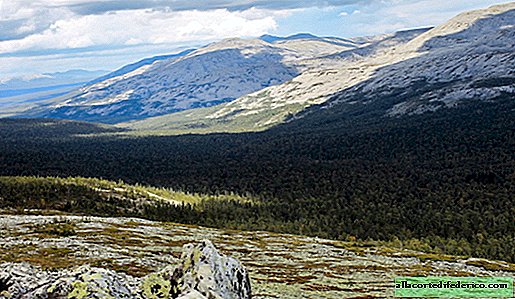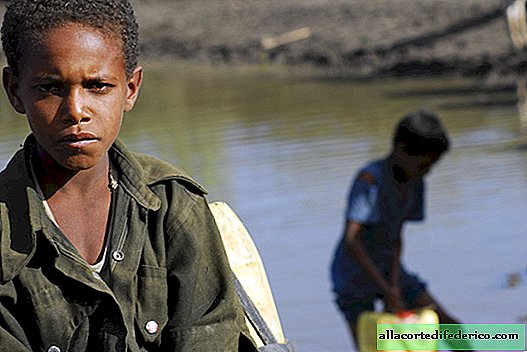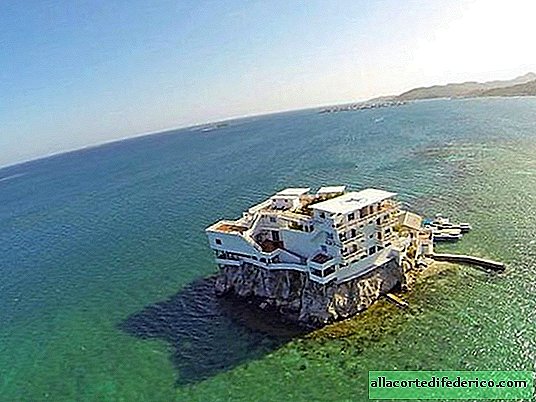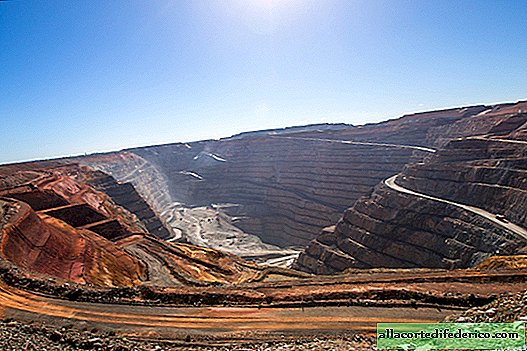Zones of death in the oceans: why no one lives here
Scientists are sounding the alarm: recently in the waters of the oceans there are more and more so-called dead zones - territories where there is no life. There are no corals, fish and shellfish, only lifeless waters, which are more eloquent than any other facts, tell us that a global ecological catastrophe is brewing in our world.
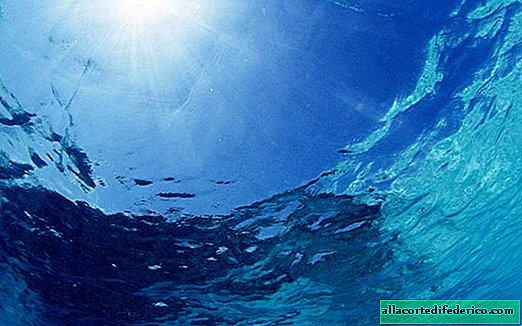
Dead zones - these are the territories of the seas and oceans in which there is catastrophically little oxygen. For this reason, marine inhabitants cannot exist there, and only unicellular algae survive for which they do not require a lot of oxygen.
One of the last dead zones or death zones that scientists have discovered is located in the Gulf of Oman in the Arabian Sea. In total, according to research, about 400 dead zones deprived of oxygen and marine fauna were found in the waters of the World Ocean. These are primarily sections of the Gulf of Mexico and the Atlantic Ocean along the shores of the USA, the Baltic Sea, the Yellow and South China Seas, as well as some sections of the Mediterranean and Black Seas.

The reason for such a large-scale spread of the negative phenomenon in the waters of the ocean is a growing anthropogenic impact. The ocean is no longer able to withstand climate change and the pressure that human civilization exerts on it. All death zones are confined to areas where large rivers flow into the seas, carrying pollutants in their waters. Wastewater from agricultural fields with a high content of nitrates, organic fertilizers and pesticides, as well as effluents from industrial enterprises and communal facilities pose a great threat to marine life. The oxidation and decomposition of pollutants consumes precious oxygen necessary for respiration. In addition, the increase in water temperature in the oceans associated with global warming also contributes to lower oxygen levels in the water column.
 Gulf of Mexico propagation
Gulf of Mexico propagationAs a result of pollution of the sea basin in the water, only unicellular algae can survive, rapid reproduction of which also leads to a decrease in the amount of oxygen and only exacerbates the situation.
There can only be one way out: to reduce the level of anthropogenic impact on river systems that carry their waters to the ocean. But in a global economy and growing global production, this is almost impossible. The main culprits of this situation are world economic leaders. This is primarily the United States, Canada, Europe and China, whose negative impact on the water resources of our planet is becoming rampant.


